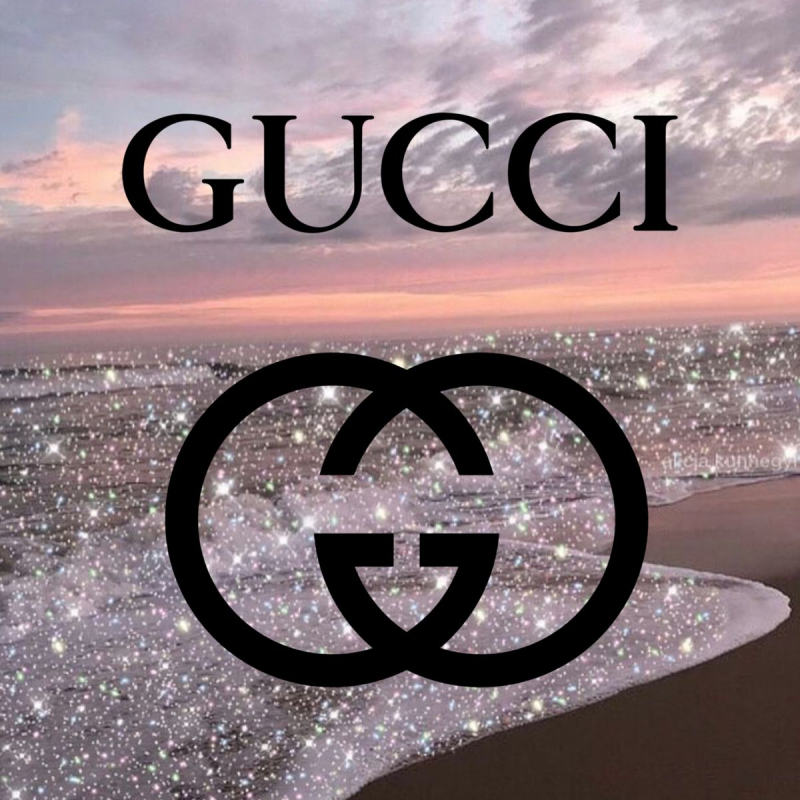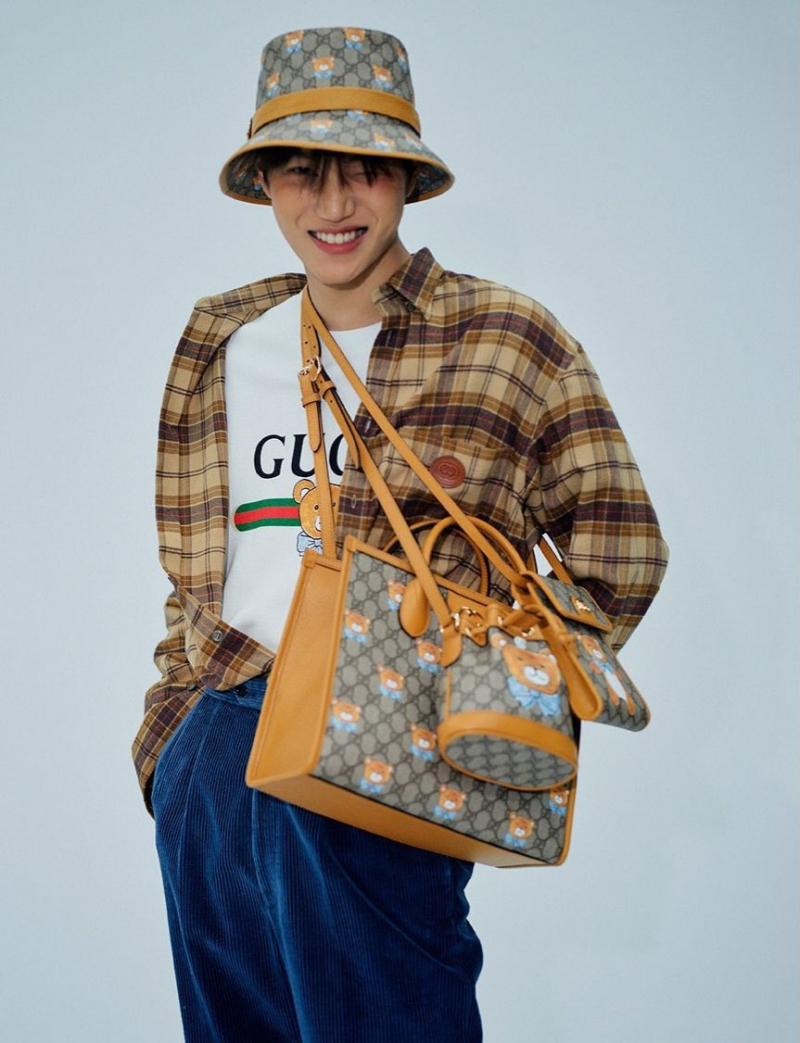Gucci

The House of Gucci was founded by Guccio Gucci in 1921 in Florence, the city considered an Italian fashion icon today. With many years of experience working in London, the young Guccio Gucci possesses a profound vision for the high fashion of the British and French aristocrats. Gucci has applied the masterful craftsmanship of Tuscan artisans, resulting in high-quality products and exquisite aesthetics, favored by both international customers and Italian aristocrats. In 1953, with the departure of Guccio Gucci, the company in turn was taken over by his children. The synchronicity of thought and aesthetic philosophy has been preserved through generations of the Gucci family.
The iconic design heritage of the House of Gucci, inspired mainly by the high-class pastimes of the time such as horseback riding and travel. Rooted in the lavish and ostentatious lifestyles of the European aristocracy in the early 20th century, masterful craftsmanship and a bold Italian artistic aesthetic give rise to high-quality "works" class, luxury, and timeless value. The monograms are formed from a network of double Gs with an interlocking 2 Gs logo, born in 1960. Innovation in fashion and a celebration of traditional Italian craftsmanship has brought the Gucci name to life. into one of the most stylish and high-end Italian fashion brands in the world. Hollywood stars have called the name Gucci synonymous with "chic", meaning luxury, polite.
The success of the Gucci brand for nearly a century, reflected in the sustainability of the brand philosophy and positioning of the upper-class clientele, while honoring the classic values of local craftsmanship, and preserving the heritage of the brand. According to a report published from Kering in February 2015, Gucci now owns 505 stores operating globally with more than 4,000 products displayed online, located in Sweden, Denmark, Norway, and Finland. Gucci is the third most valuable luxury brand in the world, with a brand value of $12.7 billion.
Brand Value: $12,7 Billion











